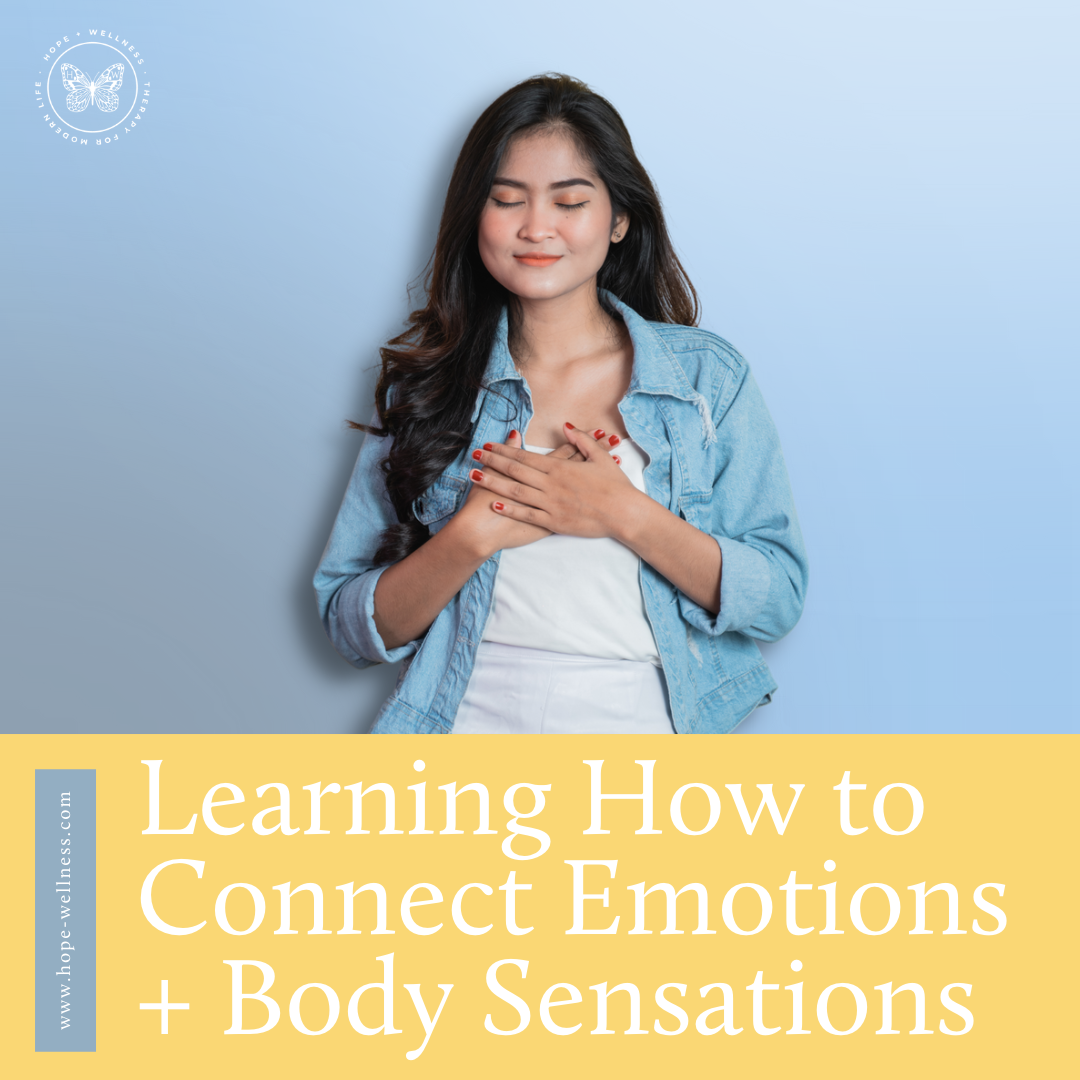What is All or Nothing Thinking?
Last time we started talking about common cognitive distortions.
As a quick review, cognitive distortions are patterns of thinking we may have that leads to (untrue) negative thoughts that we take as fact.
These patterns don’t have to control your thoughts forever, though. With cognitive behavioral therapy, you can start to identify these thought patterns, and then challenge them! We went over eight common cognitive distortions, which include:
All or nothing thinking
Catastrophizing
Personalization
Jumping to conclusions
Emotional reasoning
Discounting the positive
Filtering
Overgeneralization
Today we’re going to focus on just one: all or nothing thinking. So, what is all or nothing thinking?
It really is just what it sounds like: your thoughts work in extremes. You might have heard it called “black and white” thinking. The lack of “gray area” leaves little room for nuance, paints things are purely good or purely bad. You can be a success or you can be a failure. You can be perfect or you can be worthless. You can be smart or you can be stupid. With all or nothing thinking there is no middle ground. What does this kind of thinking do to us?
All or nothing thinking puts too much pressure on us:
This lack of middle ground automatically raises the stakes for everything we attempt. If the options are to try and succeed or to try and be a failure, naturally there would be a huge amount of pressure on every activity. That’s too much pressure for one person to deal with! All or nothing thinking tells you that you can either do something well or you can fail at something. Which means that with this thinking you can either be a successful, valuable person, or worthless.
It prevents us from seeing the reality around us clearly:
Life is not black and white. In fact, most of life is smack dab right in the middle of that messy gray area that all or nothing thinking patterns tend to ignore. The people you meet, the interactions you have, the places you visit, the things you do or see: none of these things are purely good or bad, smart or stupid, etc. When we narrow our thinking to opposing options, we miss a lot of other things that we can’t quite make work with our black and white thinking.
It gets in the way of us learning + growing:
Let’s say you’re an actor and you have an audition for a play. When you get there, your nerves get the better of you, and you don’t give the quality performance that you had rehearsed. In all or nothing thinking that would lead you to believe: I’m a bad actor, I’m a failure, I’ll never be cast in a play. While it may feel that way in the moment, it likely is not the whole truth. But when we can’t see the gray areas, when we can only see success vs. failure, we don’t leave any room for ourselves to learn, try again, or improve.
So what can you do?
To challenge all or nothing thinking, you need to start to get rid of absolute terms. When you start to designate something as all good or bad take an intentional pause. Ask yourself, what are you missing? What is the gray area being ignored?
Let’s go back to the audition example. When we acknowledge the gray areas, we can see reality clearly, and see what we did well and what we need to improve on. You could think: I can work on stress coping mechanisms next time, so that my nerves don’t get the better of me. Maybe I could rehearse in front of some friends and family to get used to others watching me. I could ask for feedback on my audition so I could know what to work on. I can also acknowledge that even putting myself out there and trying was a lot of hard work and I should be proud of that no matter the outcome.
See how recognizing the mix of positive and negative allows you to see the opportunities for growth?
To learn more about cognitive behavioral therapy and how it can help you challenge your negative thought patterns like all or nothing thinking, get in touch with us today. Our clinicians are trained in cbt and can help you reframe your unhelpful thought patterns so you can cope more effectively!









